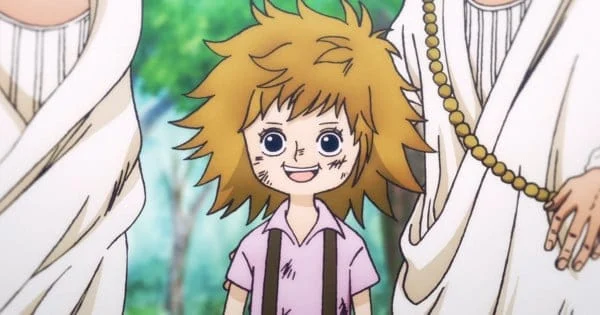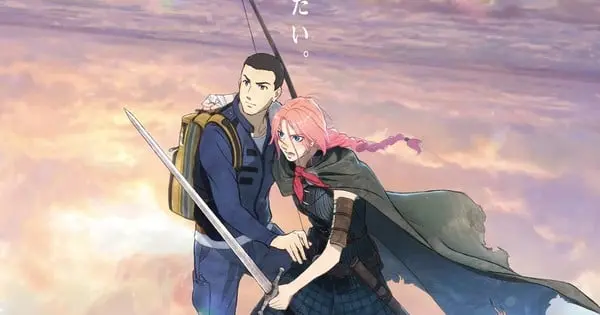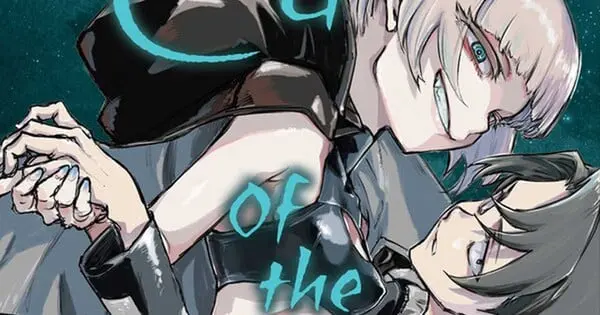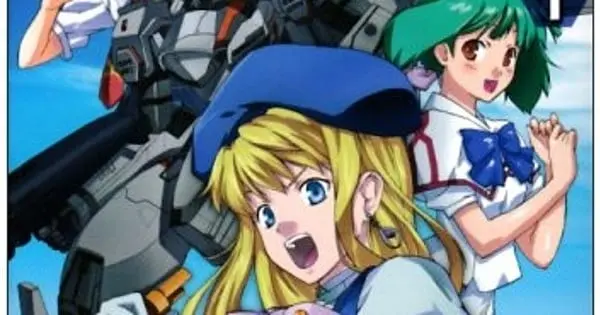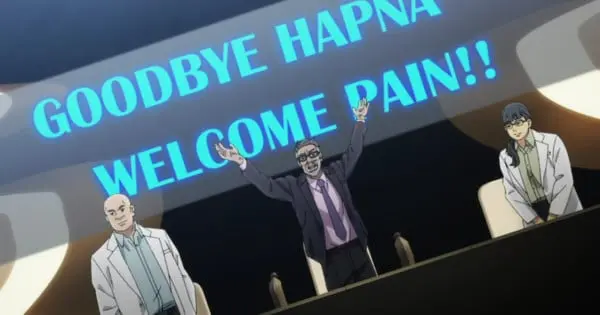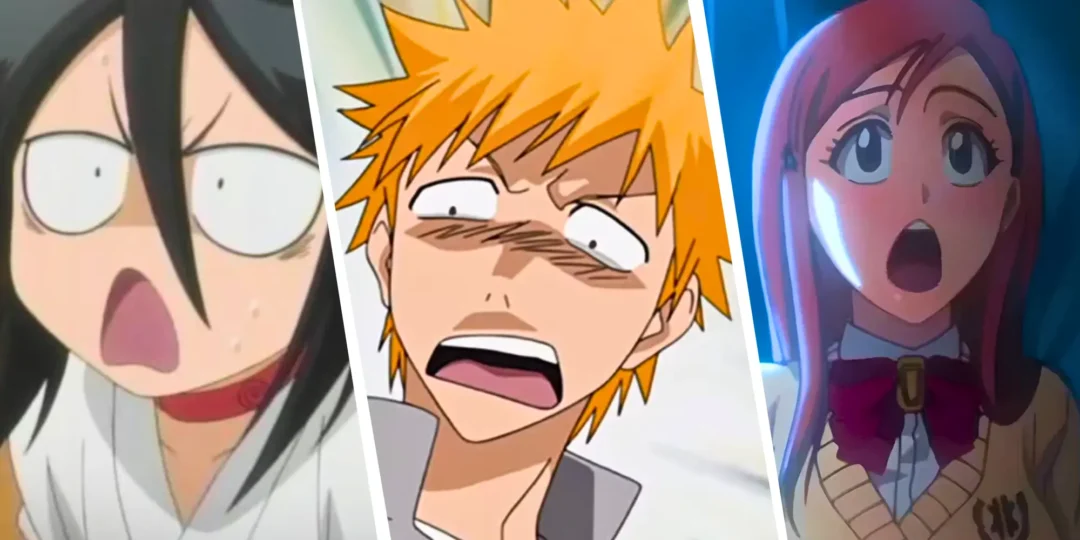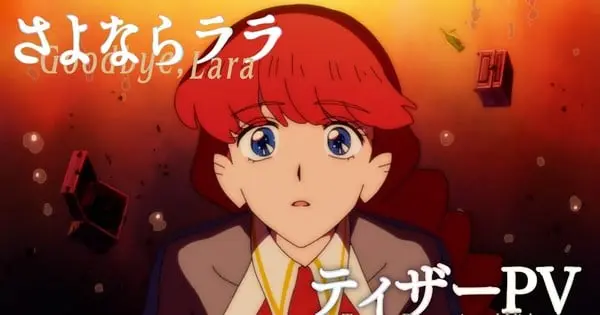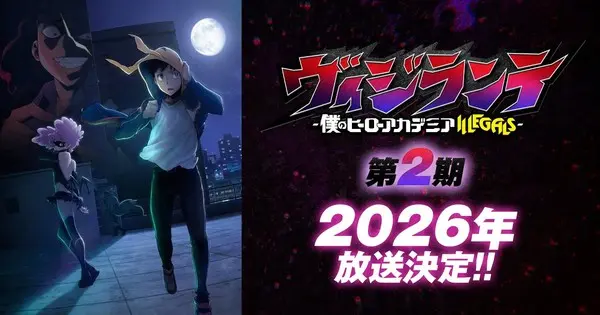The Bleach anime series, adapted from Tite Kubo’s popular manga, faced a constant challenge: keeping up with its source material. This led to several instances where the anime nearly caught up with the manga, resulting in creative solutions, and ultimately, a significant hiatus before its triumphant return.
The Pacing Problem
The Bleach anime premiered in October 2004, relatively early in the manga’s serialization, which began in August 2001. The anime often adapted multiple manga chapters into a single episode, leading to a rapid pace that quickly closed the gap between the two. This posed a significant problem for the production team, as they needed to avoid overtaking the manga and thus running out of story to adapt.
The Rise of Filler Arcs
To address the pacing issue, the anime introduced filler arcs and episodes. These were original storylines not present in the manga, designed to give Tite Kubo time to write more chapters and allow the anime to continue without directly adapting the manga. While some of these filler arcs were enjoyed by fans, others were criticized for disrupting the main storyline’s flow and character development.
One of the first major filler arcs was the Bount Arc, which ran for nearly 50 episodes, from episode 64 to 109. This arc introduced new characters and concepts but ultimately did not advance the main storyline. Later, the anime introduced other major filler arcs, including the New Captain Shusuke Amagai Arc and the Zanpakuto Unknown Tales Arc, further extending the anime’s lifespan without progressing the core narrative.
The Impact of Filler
The use of filler had several impacts on the anime. While it allowed the show to continue airing, it also led to pacing problems. Intense battles were sometimes interrupted by out-of-place filler episodes, diminishing the impact of key moments. The sheer volume of filler also frustrated some fans, who wanted a more faithful adaptation of the manga. In total, Bleach had 163 filler episodes out of 366 total episodes, which is almost half of the entire series.
Instances of Near Catch-Up
There were several points where the Bleach anime came very close to catching up with the manga. One notable instance was during the Arrancar arc, where the anime expanded content and covered fewer chapters per episode, but this did not stop it from almost catching up. The anime would have to introduce filler arcs to buy the manga more time.
The Arrancar Arc Disruption
The Arrancar arc suffered the most from this constant back and forth. The pacing was often inconsistent, with filler episodes inserted at awkward moments in the story. One example was when the anime interrupted the intense battle with Grimmjow Jaegerjaquez with the Kasumioji Conspiracy filler arc. This type of disruption made the show harder to follow and lessened the impact of key moments in the narrative.
Manga’s Lead
At one point, the manga was only about 50 chapters ahead of the anime, which is not a significant lead when considering production timelines. This close proximity forced the anime to rely more on filler content and expansion of scenes, which sometimes changed the impact of the original material.
The Hiatus and the Return
By 2012, the Bleach anime had adapted the manga up to the end of the Fullbring arc. At this point, instead of creating more filler, Studio Pierrot decided to put the series on hiatus. This decision was influenced by the lack of manga material available to adapt. Also, Bleach‘s popularity had declined, and the anime was considered the weakest of the “big three” shonen anime.
A Decade-Long Break
The hiatus lasted for approximately ten years. During this time, the manga continued and concluded in 2016 with the Thousand-Year Blood War arc. This gave the manga time to develop the final arc, which was initially rushed and left many fans unsatisfied.
Bleach: Thousand-Year Blood War
In 2022, the Bleach anime returned with Bleach: Thousand-Year Blood War, adapting the final arc of the manga. This new adaptation benefited from the hiatus, with improved production values and a commitment to staying true to the manga’s story, eliminating filler content. The pacing was also improved, with the new series adapting several manga chapters per episode without sacrificing important plot points.
The Thousand-Year Blood War anime is not a direct adaptation of the manga, as scenes have been rearranged to improve the story’s flow. In addition, the anime has added content from the light novels to give more screen time to characters that were not fully developed in the manga. The production team has also gone to great lengths to ensure that the animation quality is up to par. This new adaptation has been met with praise and considered a major comeback for the series.
Production Schedule
Producing an anime episode is a complex and time-consuming process. A single episode can take between 8 and 12 months to produce. This is why anime production is not on a weekly schedule and episodes are made in batches. This also means that episodes are made months in advance, and any last-minute changes are unlikely.
Conclusion
The Bleach anime’s journey has been marked by its constant struggle to keep pace with the manga. The use of filler, while necessary to avoid overtaking the source material, created pacing issues and diluted the anime’s quality. The hiatus was a major shift for the series. However, the anime’s return with the Thousand-Year Blood War represents a new chapter for Bleach. By eliminating filler and improving production quality, the series is now fulfilling its potential and delivering a more faithful and engaging adaptation.

